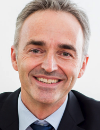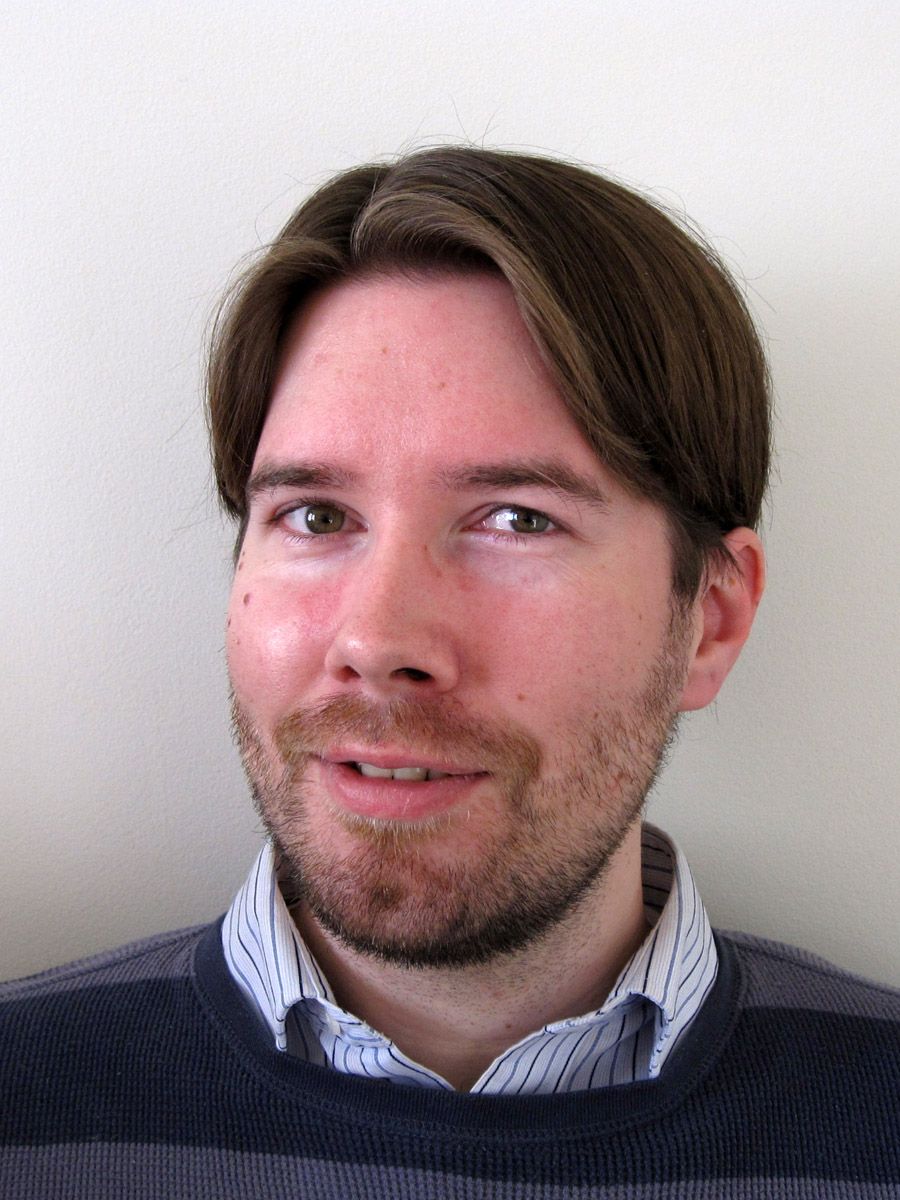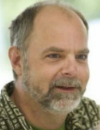Wednesday, 7 October 2015
Provisional Agenda | ||||
08:00 | Registration | |||
Session 1 – Genome Editing for Therapeutic Benefit | ||||
| Session Chair: Daniel O’Neill, Senior Research Scientist, AstraZeneca, United Kingdom | ||||
09:00 |
| |||
09:45 | Profiling Genome-wide Target Specificities of CRISPR/Cas9 Nucleases in Human Cells | |||
10:30 | Coffee and Networking in Foyer | |||
11:00 | Targeted Genetic Engineering in the Pig: An Emerging Biomedical Model | |||
11:45 | Efficient Somatic in vivo Gene Editing using CRISPR/Cas9 | |||
12:30 | Lunch & Networking in Foyer | |||
13:15 | ||||
Session 2 – Precise Genome Editing | ||||
| Session Chair: Ralf Kuhn, Head, Max Delbrück Center for Molecular Medicine, Germany | ||||
14:00 |
| |||
14:45 | Working Together to Unlock the Potential of Precise Genome Editing | |||
15:15 | Coffee and Networking in Foyer | |||
15:30 | Efficient CRISPR/Cas9 Genome Engineering using Zygotes and Embryos Derived from Cas9 Overexpressing Transgenic Mice | |||
16:00 |
| |||
16:30 | AgBiotech - Tools for Plant Genome Engineering and Genome Reprogramming | |||
17:00 | End of Day One | |||
Thursday, 8 October 2015
Session 3 – Tools For Genome Engineering | ||||
| Session Chair: Francis Stewart, Professor, Technische Universitat Dresden, Germany | ||||
09:00 | Engineering the Genome with the Sleeping Beauty Transposon System | |||
09:30 | Efficient Sleeping Beauty Transposon-based Gene Expression in Stem Cells | |||
10:00 | Structure-based Engineering for the Advancement of Transposon Tools: The Case of Sleeping Beauty | |||
10:30 | Coffee and Networking in Foyer | |||
11:00 | BuD, A Helix-loop-helix DNA-binding Domain for Genome Modification | |||
11:30 |
| |||
12:15 | Designer Recombinases for Therapeutic Genome Engineering | |||
12:45 | Lunch & Networking in Foyer | |||
13:15 | ||||
Session 4 – Beyond Gene Editing | ||||
| Session Chair: Zsuzsanna Izsvak, Head/Professor, Max Delbrück Center for Molecular Medicine, Germany | ||||
14:00 |
| |||
15:00 | Coffee and Networking in Foyer | |||
15:30 | Deciphering miRNA-target Regulation by Site-specific Genome Engineering | |||
16:00 | Concerted Applications of Recombineering and CRISPR/Cas9 Assisted Targeting | |||
16:30 | Close of Conference | |||



150x100.gif)

